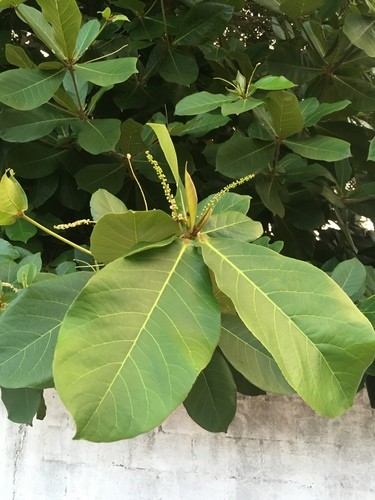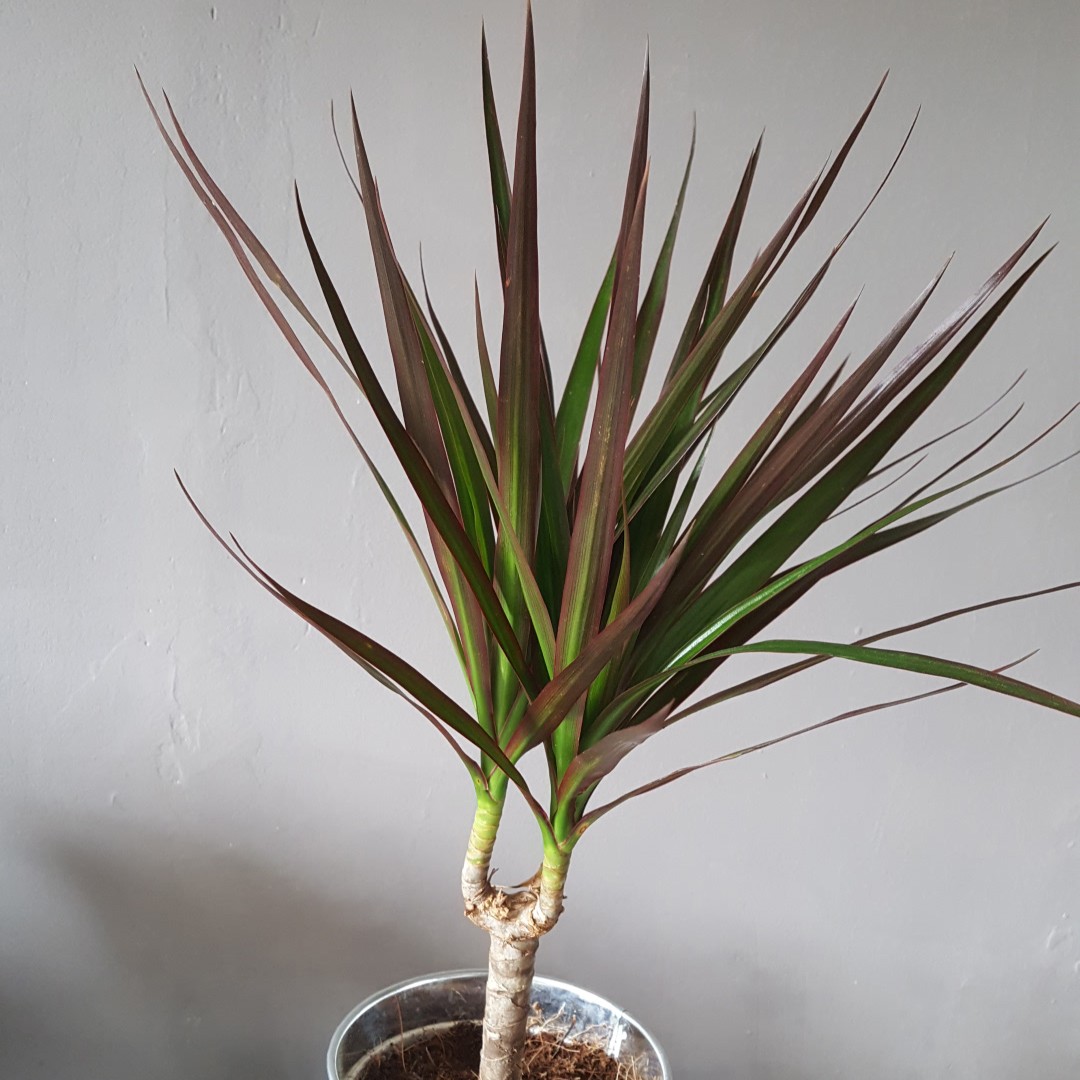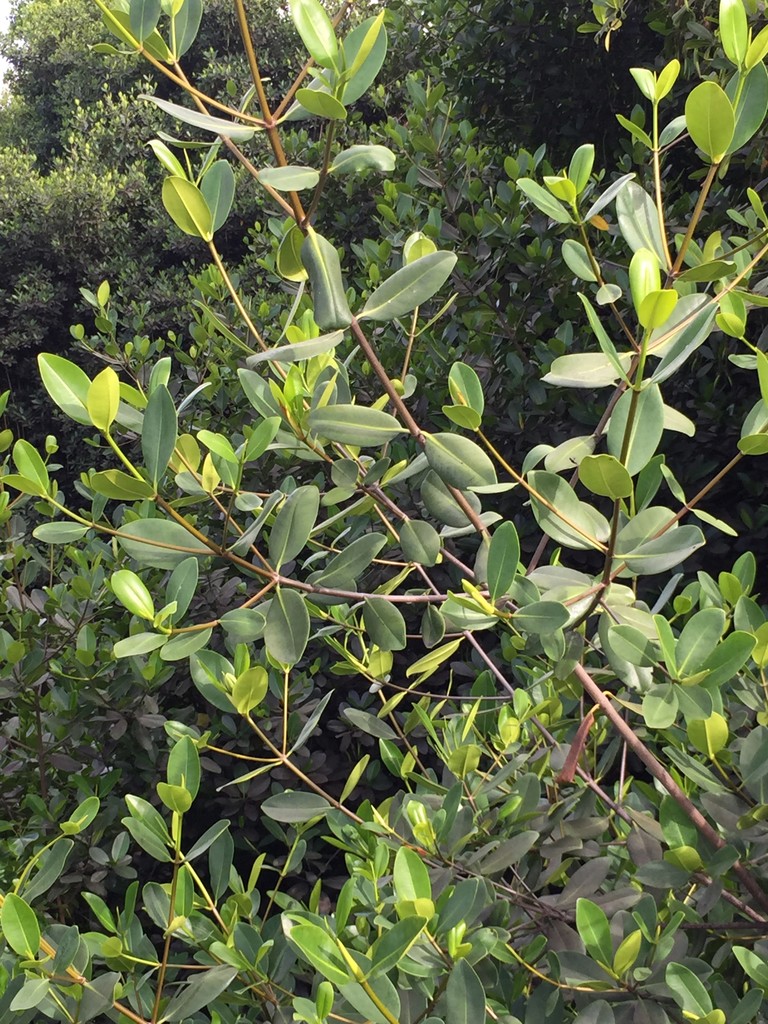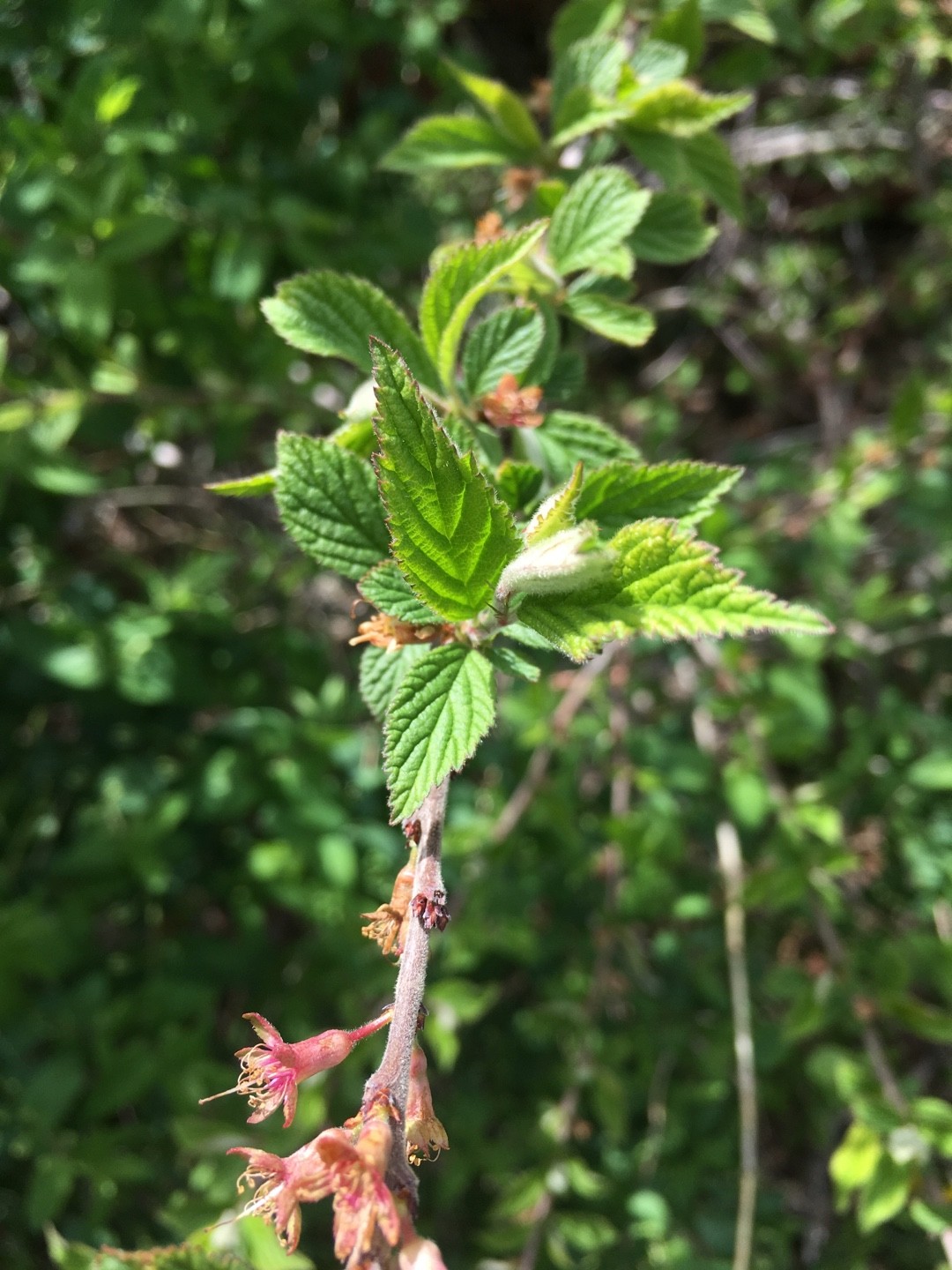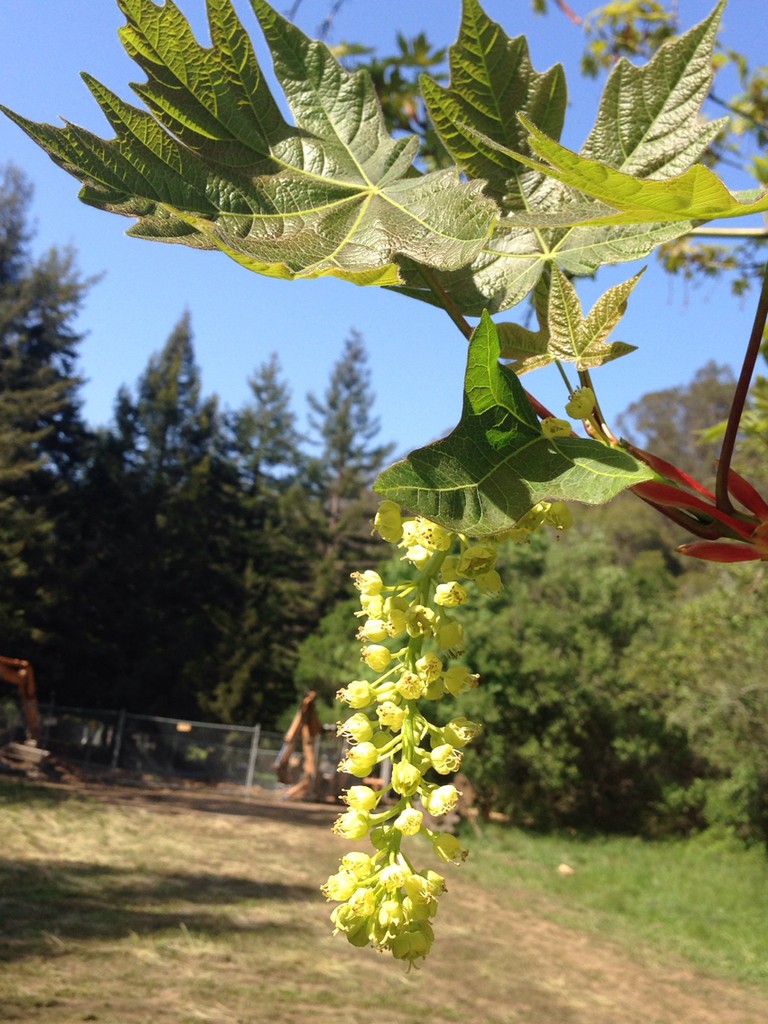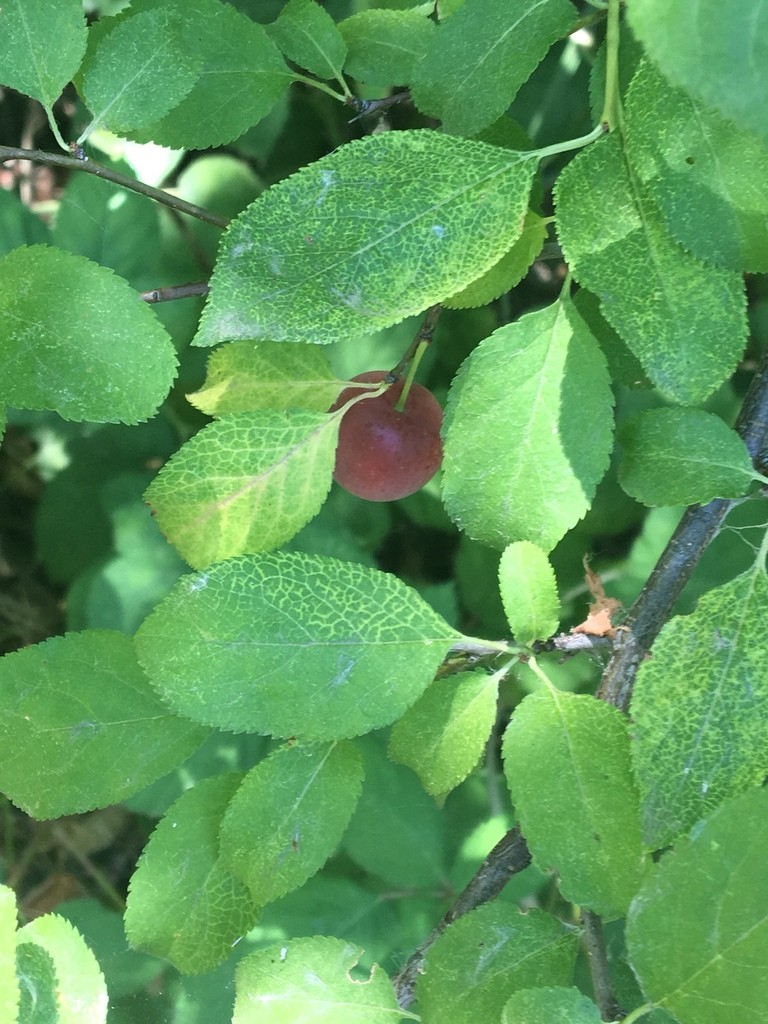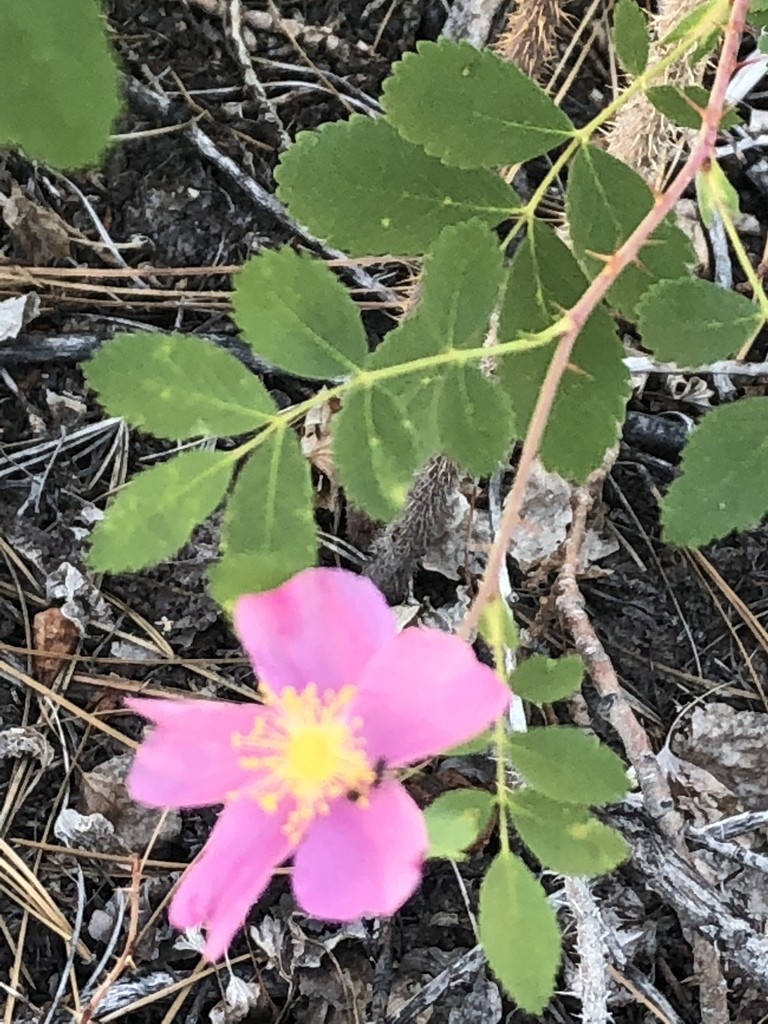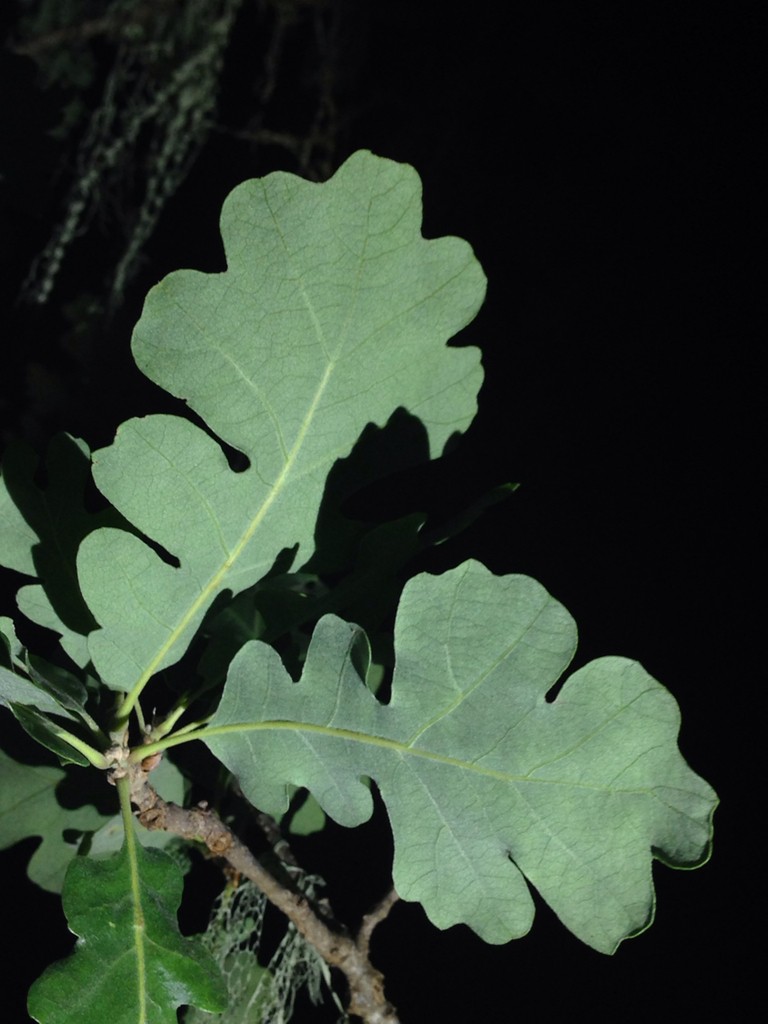Prunus
Prunus is a genus of flowering fruit trees that includes almonds, cherries, plums, peaches, nectarines, and apricots. These are often known as "stone fruits" because their pits are large seeds or "stones." When prunus trees are damaged, they exhibit "gummosis," a condition in which the tree's gum (similar to sap) is secreted to the bark to help heal external wounds.

